What does the F1 mark on the seed bag mean?
Preparing for work on a personal plot, any farmer wants to purchase the best planting material. Looking at the colorful packaging, inexperienced gardeners are wondering what F1 stands for on a seed bag. And they ask themselves questions: “Isn't it bad for your health? Or maybe these are genetically modified plants? " Having learned the truthful answers, summer residents acquire seed material marked F1 without fear.
What is a hybrid?
The f1 marking on the bag indicates that the seeds are heterotic hybrids. F is the letter of the word filii, which is translated from Latin as "children". And the number 1 stands for the generation number.
Hybrid plants are obtained by breeders. These people in specially equipped laboratories artificially combine (through fertilization) the differing genotypes of two plants. As a result of crossing the parental (original) lines, a hybrid is obtained. He inherits the best qualities of his "ancestors".
For example, on the 1st side, the plants are cold-resistant, but they do not tolerate even a temporary lack of moisture. And with the 2nd - drought-resistant, but not tolerant of small frosts. When the necessary genes of the “parents” are combined, breeders get offspring under the F1 brand, which have both cold resistance and drought resistance.
A hybrid is a variety artificially obtained from the crossing of two varieties of some kind of agricultural crop. He is always genetically stronger than his "parents".
Positive properties of hybrid seeds
Breeding hybrids has become possible since the middle of the twentieth century. Since then, this branch of science has constantly evolved. People have the opportunity to get new varieties of crops with desired properties. After all, hybrid seeds take the best pronounced properties from both parental sides. Therefore, hybrids have the following positive qualities:
- increased productivity;
- resistance to diseases and attack of insect pests;
- an increased percentage of seed germination.
The fruits of hybrid plants ripen faster. Their appearance is more attractive than that of the "parents". Such plants are better adapted to unfavorable environmental conditions and are most often self-pollinated. For example, it is better to plant cucumber hybrids - in this case, even in a rainy, cold summer, when pollinating insects rarely appear on personal plots, the summer resident will have a good harvest of strong and crispy cucumbers.
Disadvantages of hybrid seeds
Along with the pros, growing hybrids also has its disadvantages:
- The high cost of seed bags. Breeders put a lot of effort into getting the final result. Naturally, this affects the price of hybrid seeds. It is sometimes several times higher than the cost of simple varieties.
- You cannot collect your seeds from grown vegetables, because the 2nd generation from hybrid seeds does not preserve the best qualities of its ancestors. They often grow weak plants that do not have positive characteristics.
- Hybrid plants require scrupulous observance of all conditions of agricultural technology. If caring for him is not proper, then you should not expect a good harvest.
- Sometimes hybrids are inferior to varietal plants in taste.
Each gardener must weigh the negative and positive aspects of cultivating hybrid plants and decide what is best to plant on his site - varieties or hybrids.
Getting hybrids
In the 21st century, the activities of Russian and foreign breeders do not stop for a single day.New hybrids of different crops appear almost every month. How this painstaking and interesting work goes on can be illustrated by the example of the appearance of hybrid cucumber seeds:
- The healthiest and strongest plants are selected from the varieties planned for hybridization.
- Plants "parents" are planted in a greenhouse isolated from pollinating insects. This is required to prevent "unnecessary" pollen from getting on the cucumber flowers.
- The stamens are separated from the "parent" plants and pollen is collected from them.
- The "mothers" open closed buds. Pollen is applied to the stigma of the pistil.
- The pollinated inflorescences are covered with paper or plastic bags to keep the procedure clean.
- After 24 hours, the bags are removed and the condition of the female flowers is constantly monitored.
- If all actions are performed correctly, then after 4–5 days the cucumbers begin to increase in size.
- From ripe fruits on the "mother" plant collect seeds of F1 hybrids, that is, the first generation.
Just as a theater begins with a coat rack, so does a backyard begin with seeds. Buying them is not easy. It is very important to purchase quality seed material. Let the price of seeds marked F1 be higher, but in the end the gardener has a greater number of tasty and attractive fruits. And much earlier than from varietal plants.
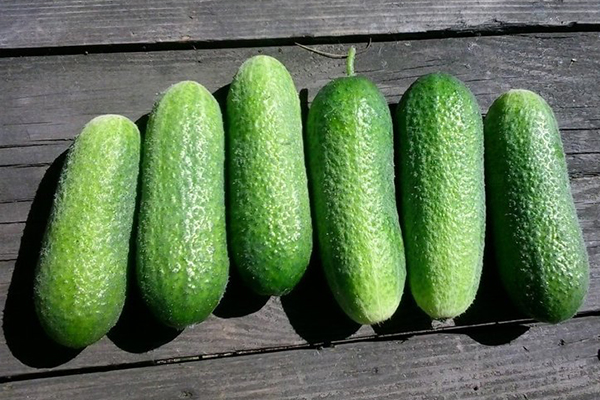
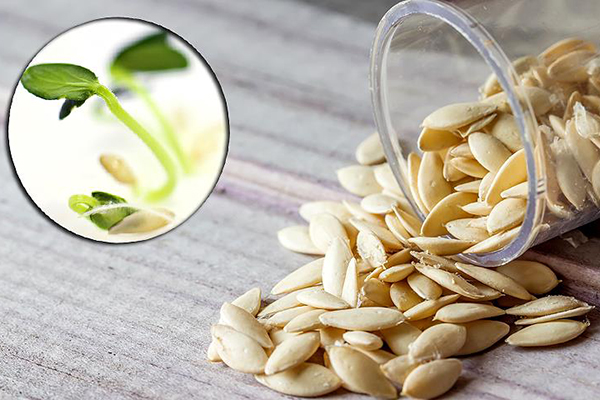
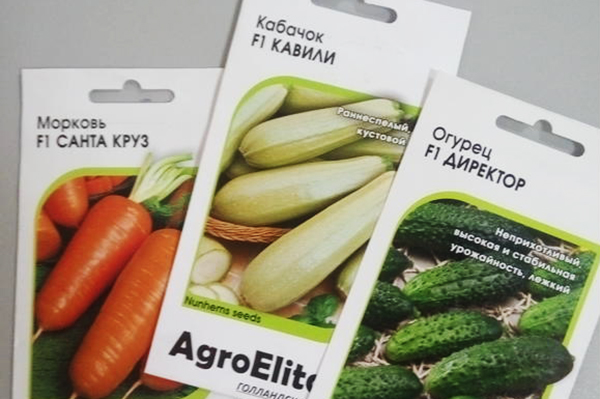
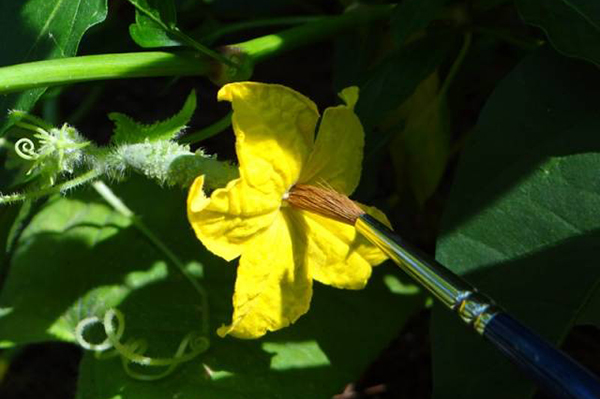
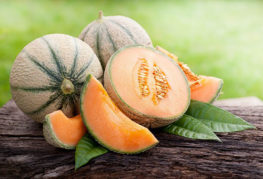
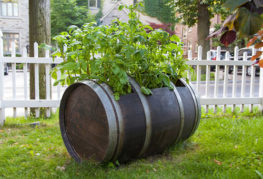
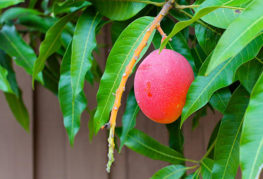
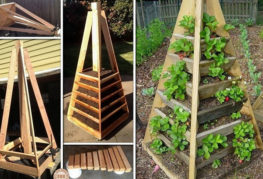
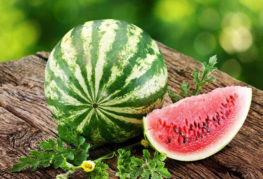
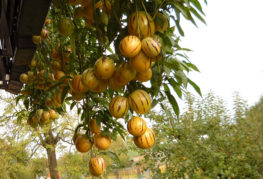
and will be published shortly.